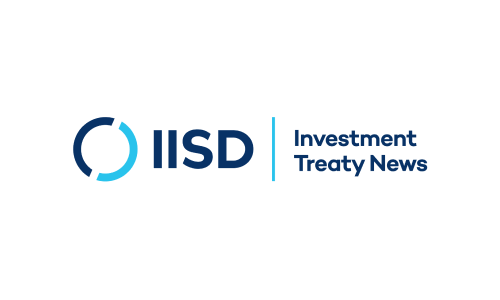Brexit: United Kingdom leaves EU amid questions on future trade, investment relationships

The United Kingdom’s exit from the EU formally took place on January 31, 2020, following years of talks and repeated extensions in the Brexit deadline. With the United Kingdom now in an 11-month transition period, questions remain over the shape of the country’s future trade and investment relationship with the EU and other partners, though some further indications of what this may entail are beginning to emerge.
How Brexit will affect the United Kingdom’s trading and investment relationships with non-EU countries after the transition period concludes at the end of December may vary. According to a guidance note published by the British government on trade agreements with countries outside the EU, London is aiming to “reproduce the effects of existing EU agreements for when they no longer apply to the UK,” noting that such arrangements have already been made and signed with various countries or groups of countries.
The list does not cover all countries and has some notable exceptions, such as the EU–Japan Economic Partnership Agreement and the Canada–EU CETA. In some cases, such as CETA, “engagement” is ongoing, while in the case of Japan, the two sides are set to negotiate a new agreement, built on what has already been agreed.
Some of these trade agreements have investment chapters or related investment protection agreements. There are also a host of EU BITs and British BITs, and questions have been raised by legal analysts on the impact of Brexit on EU BITs should new arrangements not be reached before the transition period’s close.
Regarding its WTO commitments, all EU member states are also members of the WTO in their own individual capacity, as is the EU collectively. Goods and services schedules are expressed in EU terms, and one of the significant questions raised in Geneva during the Brexit process has been how to separate out the United Kingdom’s commitments from those of the EU bloc and how the engagement with other WTO Members on the subject should work.
Some of these issues have implications for investment, given that certain WTO Agreements have investment-related provisions, such as the Agreement on Trade-Related Investment Measures (TRIMs), and the General Agreement on Trade in Services (GATS), specifically involving services under “Mode 3,” involving commercial presence of a foreign services supplier in another WTO member’s territory.
The United Kingdom circulated a communication in early February summarizing the steps taken to date on those fronts, and plans to join the Government Procurement Agreement (GPA) in its individual capacity, given that it is currently a party under the EU. The EU, for its part, has circulated a “Note Verbale” summarizing the transition agreement for WTO Members’ information.
A statement issued on February 3, 2020 outlines what British Prime Minister Boris Johnson and his government are looking to achieve in the talks with Brussels on the future relationship. On the issue of cross-border services trade and investment, they have called for “measures to minimize barriers to the cross-border supply of services and investment, on the basis of each side’s commitments in existing FTAs,” adding that there is the scope to make even deeper commitments in some types of services.